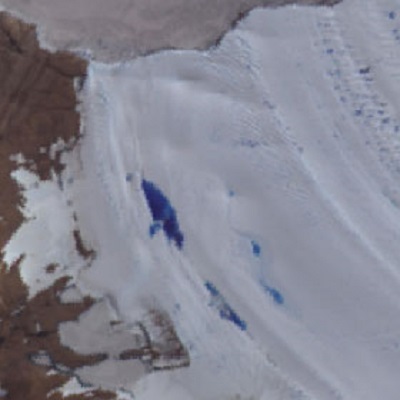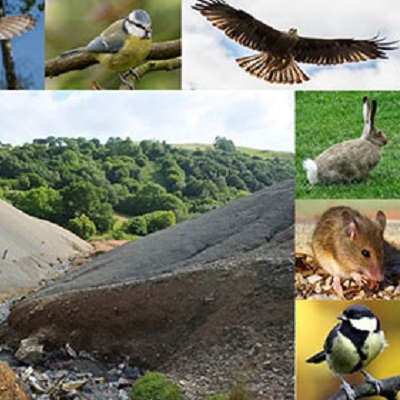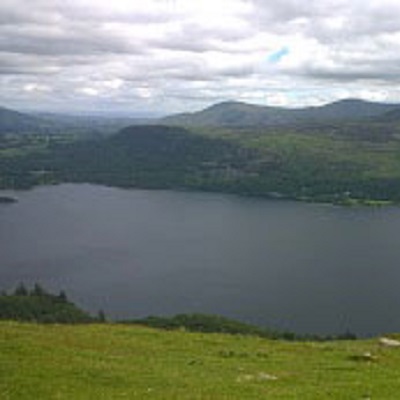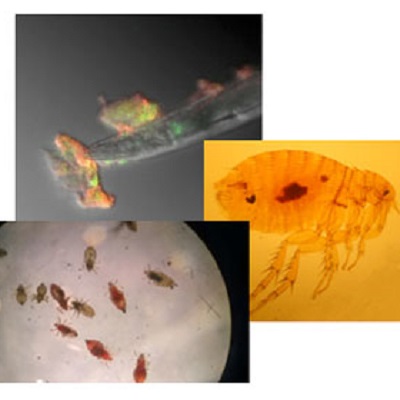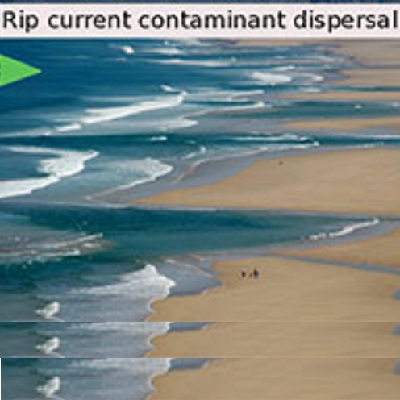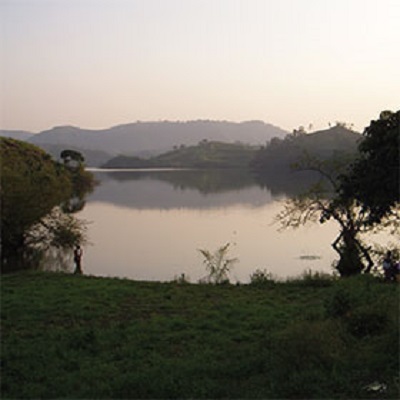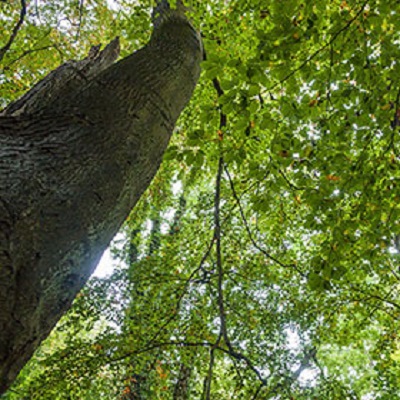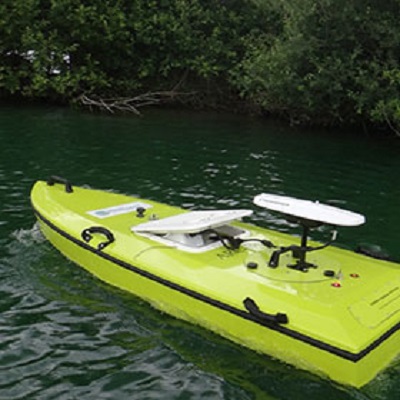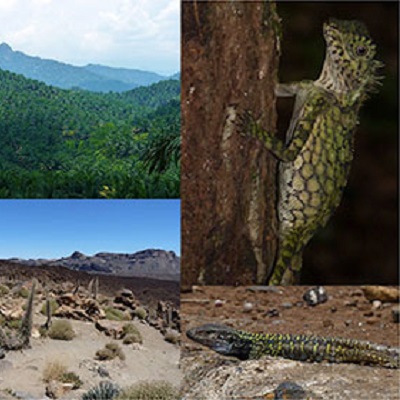Every summer, the Greenland and Antarctic ice sheets develop a rash of supraglacial lakes around their edges. When they grow large enough, the water they contain can drain into the ice beneath which can either lubricate flow on grounded ice or structurally weaken floating ice shelves. Both of these impacts can lead to increased ice […]
Read More
This project will explore the mobilisation and bioaccumulation of heavy metal contaminants from historic mine waste from old mine sites in Wales, and their impact on wildlife health. This is a unique, interdisciplinary project involving environmental geochemistry, ecology, plant science and animal health, involving colleagues at the University of Nottingham, the Natural History Museum, and […]
Read More
Many freshwater fisheries of ecological and economic importance are in decline, while populations of piscivorous (fish-eating) birds such as goosanders and cormorants are increasing. This has led to growing pressure from the angling community to control numbers of these birds, and it also poses a challenge to the designation and management of protected riverine areas […]
Read More
Methane (CH4) emissions are far more devastating to global climate than carbon dioxide as it is 21-times more potent a greenhouse gas on a per molecule basis. The International Panel for Climate Change recognise lakes as a major source of CH4 accounting for 20% of global emissions. Despite the key role of lakes in the […]
Read More
Climate change poses many risks to human health and historical insights can enhance understanding of human vulnerabilities and inform potential consequences of future climate change on the spread of disease. This project aims to establish the climatic niche of bubonic plague (Yersinia pestis); in its own right and relative to its insect vectors, specifically using […]
Read More
Scientific background: Rip currents interact with density-driven freshwater plumes along the coast to mix and disperse contaminants from fluvial discharge into the shelf-sea where they impact the environment. The ability to predict the transport of these contaminants would greatly assist in the compliance and regulation of water quality directives along the coast. Tighter coupling between […]
Read More
Tropical lakes systems provide vital ecosystem services to some of Earth’s fastest growing and most vulnerable human populations, but in response to climatic and anthropogenic pressure, the latter caused by land-use changes, lakes are under threat from shifts in water balance. There is an urgent need for regional climate information from tropical regions to allow […]
Read More
Deforestation is a major global driver of soil carbon loss. Soil carbon is central to ecosystem functioning including the regulation of climate change, and quantifying the effects of deforestation on soil carbon stocks has been a major research focus. How soil carbon stocks respond to forest planting is less well quantified but nonetheless crucial. Although […]
Read More
Being able to accurately quantify the transport of fine sediment (sand particles and finer) in rivers is hugely important for many reasons, for example because it is a major mode of pollution transport, it affects in-stream habitats and biodiversity, the sustainability of infrastructure (e.g. flood defences), and it can increase flood risk. At present the […]
Read More
This project will investigate the effects of joint climate and land cover change on the thermal vulnerability of animals at a global scale. While rising global temperatures are predicted to reduce thermal safety margins for many species, especially ectotherms, much less is known about the effects of land cover change on thermal microhabitats, especially in […]
Read More

